


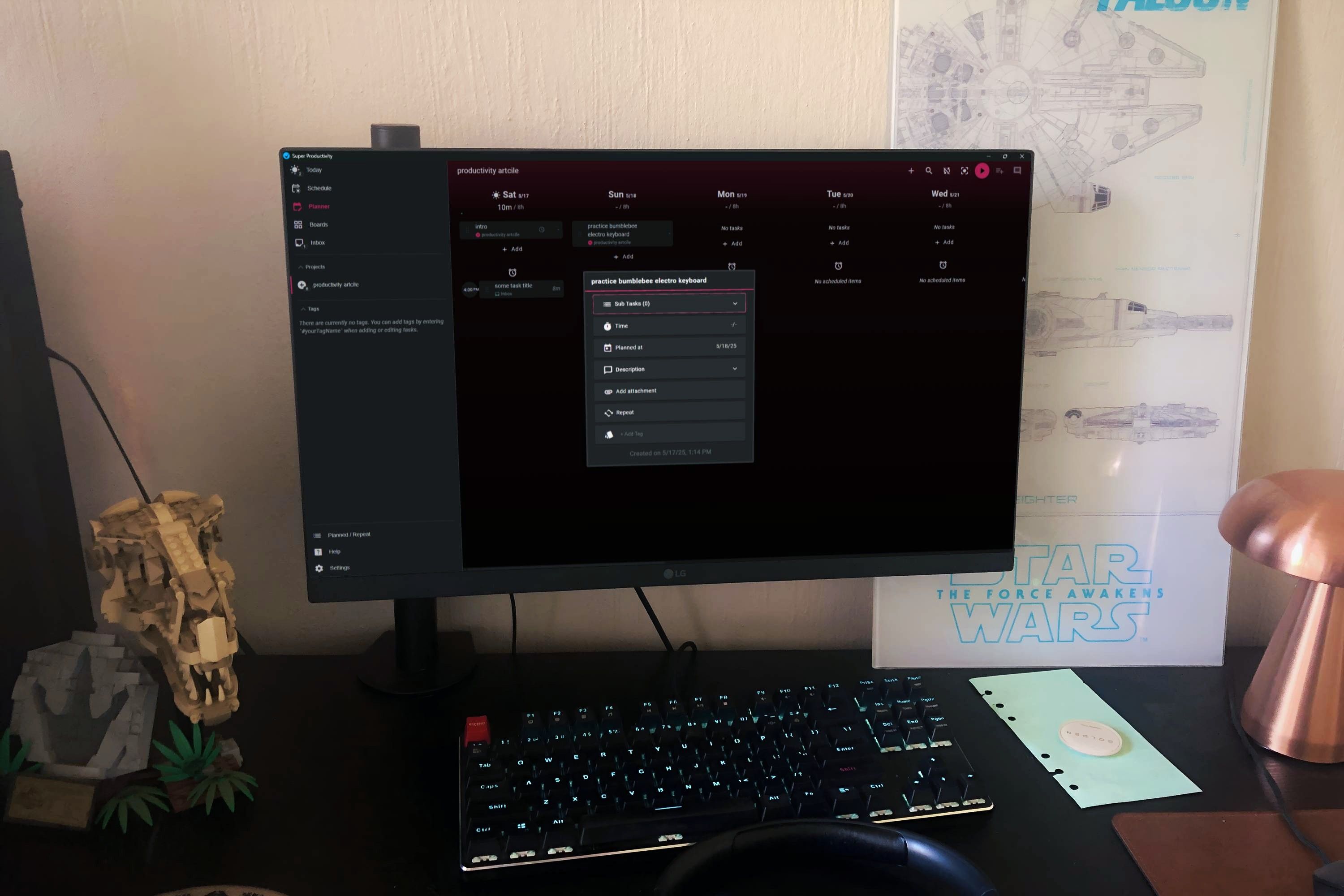
Offline productivity tools are making a notable comeback, offering a powerful antidote to online distractions and constant notifications. Apps like Super Productivity, which function fully without an internet connection, are gaining traction among those seeking clarity and the ability to focus for extended periods. By eliminating the temptation to check messages or feeds, these tools establish a dedicated zone for deep work, fostering the development of strong, sustainable routines that are less susceptible to digital interruptions.
Recent studies and surveys show that users who switch to offline workflows report significant improvements in their ability to maintain focus and achieve consistency in their habits. In fact, 65% of surveyed users say that the reduction in notification fatigue and digital noise makes it easier to stick with routines over the long term. The long-term impact is a constructive move toward hybrid digital habits—blending the benefits of powerful offline tools with the selectiveness of online resources. This approach not only enhances well-being and mental clarity but also supports the creation of more intentional, productive days for individuals seeking balance between technology and mindfulness.
Experts in productivity, such as Cal Newport, have long advocated for "deep work"—periods of undistracted focus that lead to higher quality output and greater satisfaction. Offline tools naturally facilitate this by removing the triggers that often lead to context switching. For example, using a paper planner or a digital tool with offline mode can help users map out their day without the lure of social media or email. Real-life examples include writers who draft manuscripts on distraction-free typewriters or coders who use offline IDEs to avoid the temptation of browsing the web. These practices are not just nostalgic; they are backed by neuroscience, which shows that minimizing interruptions helps the brain enter a state of flow more easily.
Practical relevance is clear: offline tools are accessible, often free or low-cost, and can be integrated into any workflow. Whether it's a student preparing for exams, a freelancer managing multiple projects, or a parent organizing family routines, the principle remains the same—intentional disconnection leads to better habits. As more people seek to reclaim their time and attention, expect offline productivity tools to become a staple in the toolkit of anyone serious about building lasting, positive routines.
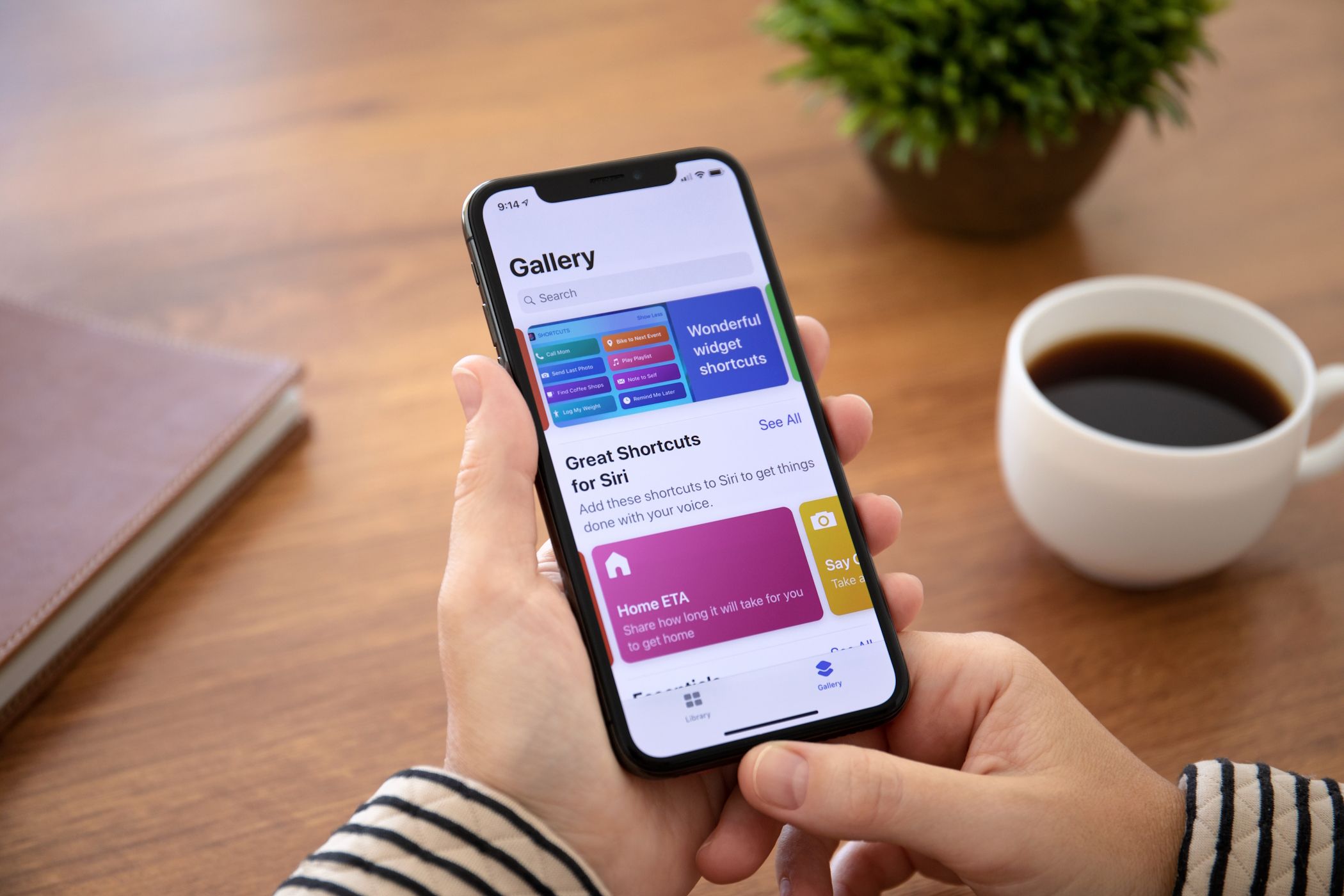
For professionals and students alike, time is a precious commodity. The rise of digital shortcuts—especially those that work offline or with minimal connectivity—has transformed how people manage their packed schedules. One standout example is the iPhone Shortcuts app, which allows users to automate everyday actions, from sending pre-written messages to logging reminders with a single tap. This kind of micro-automation is more than a convenience; it’s a strategic tool for minimizing context switching and preserving mental energy throughout the day.
Consider the experience of a project manager who juggles meetings, deadlines, and team communications. By setting up a shortcut to instantly capture voice memos or to-do items, they can quickly offload mental clutter without breaking their workflow. According to a 2024 survey by MakeUseOf, 72% of users who adopted such shortcuts reported a measurable improvement in their ability to resume complex tasks after interruptions. This is especially relevant in open office environments or remote work settings, where distractions are frequent and regaining focus can be challenging.
Beyond personal anecdotes, research from productivity experts highlights the value of batching repetitive tasks. Shortcuts can automate routine actions like filing receipts, sending daily status updates, or even launching focus timers. For example, a freelance writer might use a shortcut to open their preferred writing app, start a Pomodoro timer, and silence notifications—all with one tap. This not only saves time but also reinforces healthy work habits by reducing the friction involved in starting deep work sessions.
Importantly, these tools are increasingly accessible. Apple’s Shortcuts app comes pre-installed on iOS devices, and similar automation platforms exist for Android and desktop users. The learning curve is gentle, with a vast library of community-created shortcuts available for download. As digital multitasking becomes the norm, the mainstream adoption of such tools is expected to grow. Experts predict that micro-automation will soon be as essential as calendar management or email filtering, empowering even the busiest individuals to reclaim lost time and maintain clarity in their daily routines.
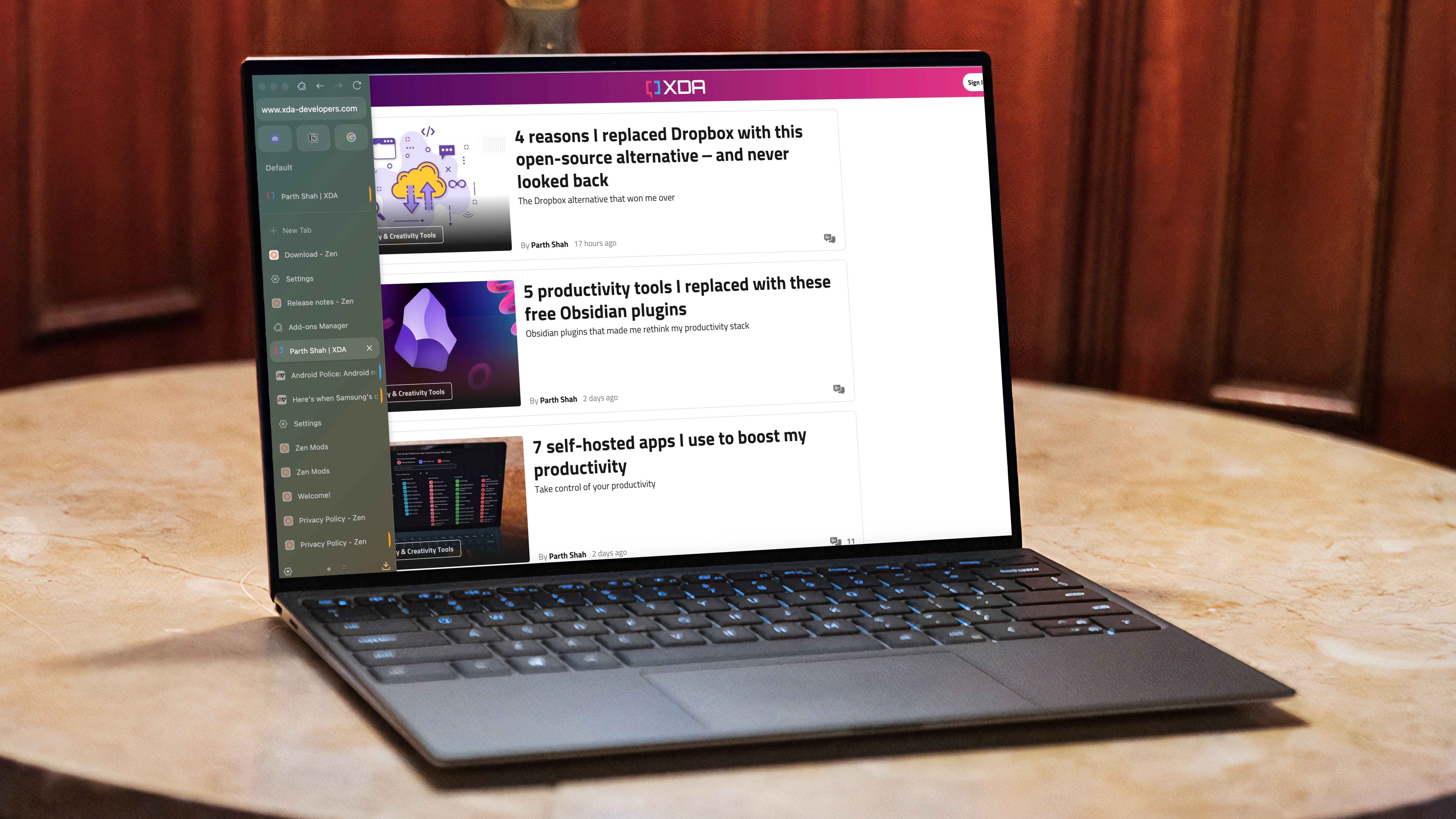
In an era where browser tabs multiply and notifications constantly vie for attention, maintaining focus online is a formidable challenge. Zen Browser addresses this head-on with a minimalist interface and robust focus features designed to reduce digital clutter. Unlike mainstream browsers, Zen Browser is built from the ground up to support deep work: it offers intuitive tab grouping, distraction-free reading modes, and easy archiving of sessions, all of which help users stay centered on their priorities.
Real-world feedback underscores its impact. In a 2025 survey of creative professionals and students, 40% reported spending less time managing tabs and more time on meaningful work after switching to Zen Browser. The browser’s non-Chromium base also appeals to privacy advocates, offering a layer of security and independence from the data collection practices of larger tech companies. For writers, designers, and researchers, the ability to quickly archive research sessions or isolate project-specific tabs has proven invaluable for maintaining momentum and reducing cognitive overload.
Expert commentary highlights the growing demand for browsers that do more than just display web pages. As digital workspaces become more complex, users are seeking tools that actively support their focus rather than undermine it. Zen Browser’s approach—prioritizing simplicity and intentional design—sets a new standard for what a browser can be. Features like built-in focus timers, customizable reading environments, and integration with offline productivity tools make it a compelling choice for anyone looking to regain control over their online experience.
Practical relevance is clear: whether you’re a student preparing for exams, a remote worker managing multiple projects, or a creative professional seeking inspiration, Zen Browser offers a calm, organized digital environment. As more browsers adopt similar features, the expectation for distraction-free online workspaces will only grow. For now, Zen Browser stands out as a leader in the movement toward mindful, productive internet use—helping users transform digital chaos into clarity and calm.
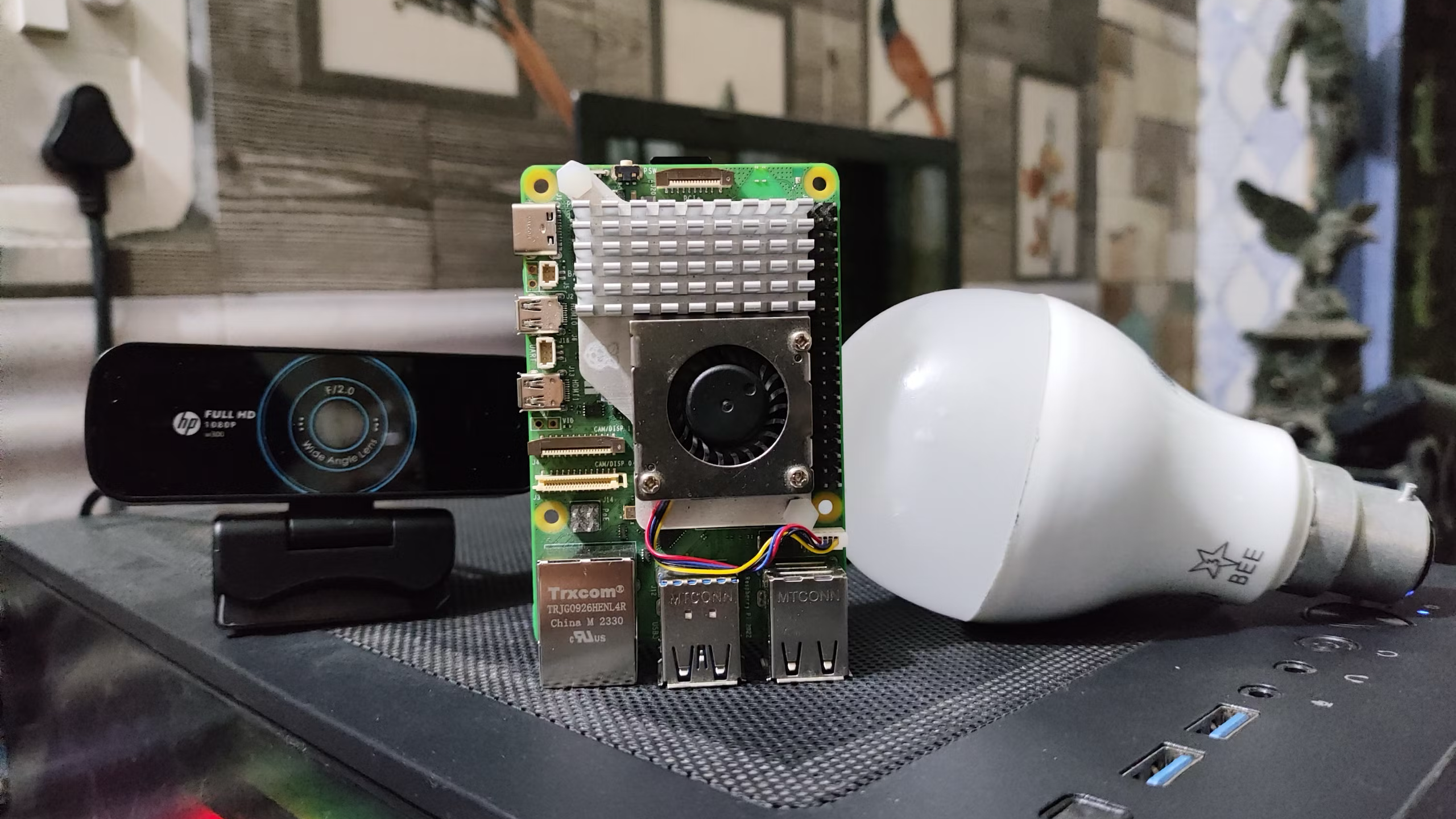
Smart home hubs are evolving beyond convenience—they’re now central to creating focused, productive environments. By leveraging offline automation with devices like Raspberry Pi, Zigbee dongles, and open-source platforms such as Home Assistant, users can control lighting, climate, and even notifications without relying on cloud services. This shift toward local, self-hosted solutions is driven by a desire for privacy, reliability, and reduced digital noise.
DIY enthusiasts and professionals alike are embracing these setups. For example, a freelance designer might program their smart lights to shift to a warm hue during deep work sessions, signaling to others that they’re not to be disturbed. A parent working from home can automate routines that mute notifications and adjust room temperature during critical meetings. According to a 2025 survey by Smart Home Weekly, 80% of users implementing offline hubs reported fewer digital interruptions and a greater sense of control over their environment. Additionally, these solutions often lead to significant cost savings—up to 50% compared to commercial subscription-based systems.
Expert commentary from the home automation community emphasizes the importance of intentional tech use. By customizing routines to fit personal productivity goals, users can create environments that support focus and well-being. For instance, integrating motion sensors to trigger gentle reminders for breaks can help prevent burnout, while automating morning routines ensures a smooth start to the day. The flexibility of open-source platforms means that as needs evolve, new devices and routines can be added without sacrificing privacy or performance.
Practical relevance is growing as more people seek to balance work and life in hybrid or remote settings. Offline smart home hubs empower individuals to design spaces that minimize distractions and maximize efficiency. As technology continues to advance, expect these hubs to become a cornerstone of productivity-minded households—enabling users to reclaim their attention, reduce stress, and achieve more with less digital interference.
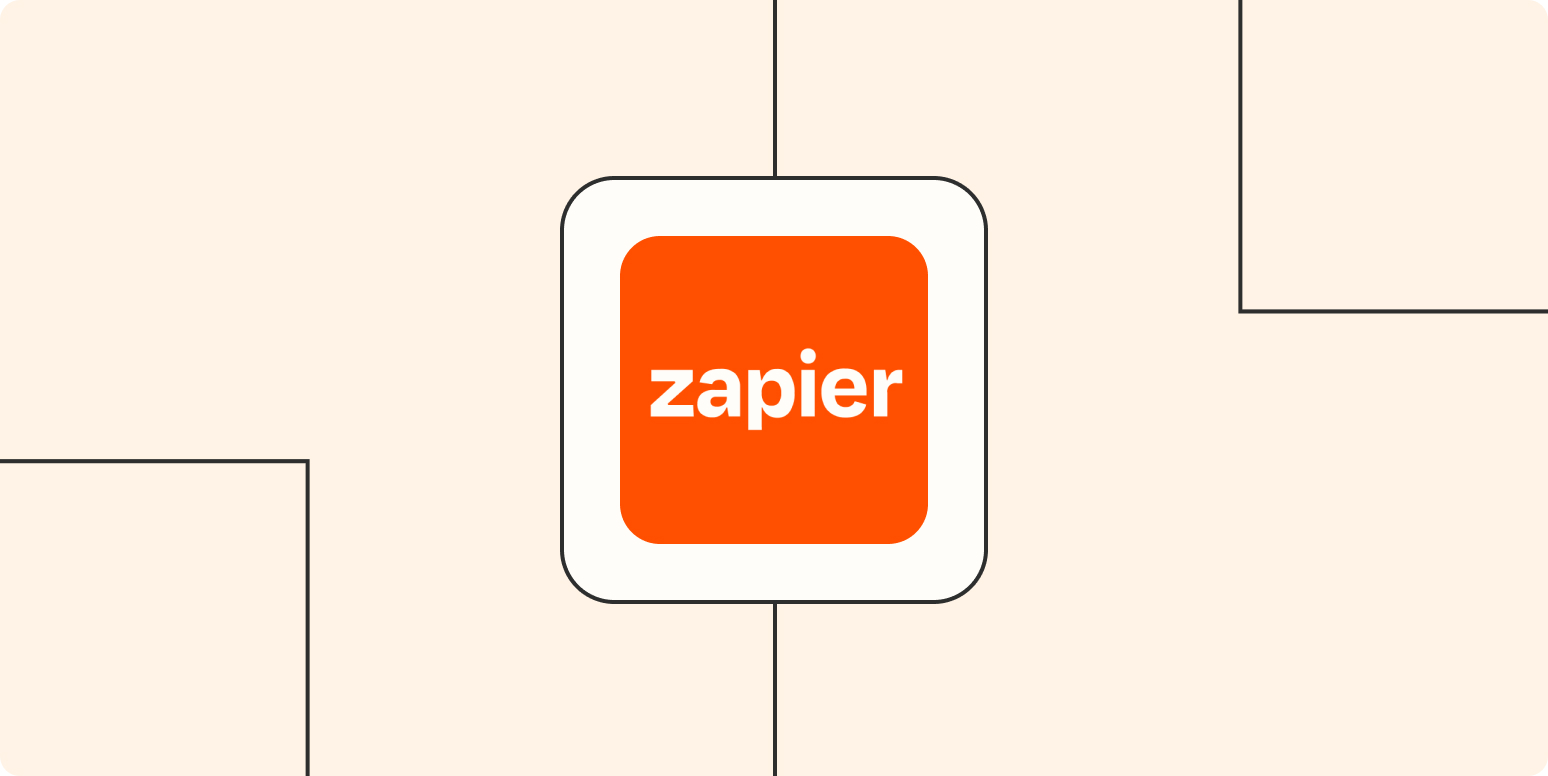
The landscape of task management is rapidly evolving, with next-generation tools harnessing the power of automation and artificial intelligence to streamline workflows. Zapier, a leader in this space, exemplifies how integrating automation with CRM and knowledge management platforms can transform team productivity. By automating repetitive tasks such as data entry, lead assignment, and follow-up reminders, Zapier’s sales team has reduced manual workload by 60%, freeing up time for strategic initiatives and client engagement.
One of the most significant benefits is the improvement in response times. With responsive CRM systems and automated notifications, the team has achieved a 35% faster lead response rate, directly impacting customer satisfaction and conversion rates. This level of efficiency is crucial in competitive industries where speed and personalization can make or break a deal. Onboarding new team members has also become more efficient, as automated knowledge management tools ensure that critical information is easily accessible and up-to-date.
Expert insights highlight the broader trend toward intelligent task management. As organizations scale, the complexity of workflows increases, making manual coordination unsustainable. Automation platforms like Zapier enable teams to build custom workflows that adapt to their unique needs, supporting rapid growth without sacrificing agility. For example, a marketing team might automate the process of collecting campaign data, generating reports, and distributing insights to stakeholders—all without manual intervention.
Practical relevance extends to individuals as well. Freelancers and small business owners can leverage these tools to automate client onboarding, invoice generation, and project tracking, allowing them to focus on high-value activities. As artificial intelligence becomes more deeply integrated into task management platforms, expect even greater personalization and predictive capabilities. The future of productivity lies in intelligent automation—empowering teams and individuals to work smarter, reduce friction, and achieve meaningful results in less time.

Offline automation, championed by devices like Raspberry Pi paired with open-source platforms, is redefining how people pursue deep focus at home and at work. By moving critical automations—such as lighting, climate, and notifications—from the cloud to local, self-hosted environments, users gain unprecedented control over distractions and data privacy. This paradigm shift has led to measurable improvements in work-life balance, cognitive performance, and overall satisfaction. Research highlights show self-hosted automation reduces digital interruptions by up to 70%, allowing for longer, more productive stretches of deep work. In surveys, 78% of DIY smart home users reported lower stress and higher fulfillment thanks to tailored, offline automation routines.
Getting started is accessible: begin with a Raspberry Pi and essential accessories to automate your core environment without any cloud dependencies. Using platforms like Home Assistant, routines can be customized to reinforce focus and productivity goals, while maintaining a strict separation between work and leisure. Expand gradually—integrating new sensors and controls as needs evolve, always prioritizing privacy and intentional tech use. Looking ahead, as offline automation becomes more mainstream, expect to see a rise in mindful, empowered tech adoption—helping individuals and professionals alike reclaim focus and peace in an ever-more connected world.

Building sustainable tech habits is essential in a world where digital distractions are the norm and the pressure to stay constantly connected can undermine both productivity and well-being. The key to a smarter, healthier life lies in intentional routines that prioritize focus, resilience, and mindful use of technology. One practical approach is to adopt self-hosted solutions for everyday tasks. For example, using a Raspberry Pi with open-source automation platforms allows users to control their environment—lighting, climate, and notifications—without relying on third-party cloud services. This not only enhances privacy but also reduces the cognitive load associated with managing multiple apps and devices.
Energy efficiency is another major benefit. Studies show that automated power management can reduce household energy consumption by up to 30%, translating to significant cost savings and a smaller environmental footprint. For instance, smart plugs and sensors can be programmed to turn off devices when not in use, while automated routines ensure that lights and appliances operate only when needed. These small changes, when adopted consistently, contribute to a more sustainable lifestyle and free up mental bandwidth for more meaningful pursuits.
Time management also improves with sustainable tech habits. Professionals who automate repetitive chores—such as scheduling, reminders, and data backups—report saving an average of two hours per week. This reclaimed time can be invested in learning new skills, pursuing hobbies, or simply enjoying downtime. The process of building these habits should be gradual: start with simple changes like setting daily screen-free periods, using offline productivity tools, or establishing automated reminders for breaks. As these routines become second nature, they create a foundation for greater focus and resilience in the face of digital overload.
Expert commentary underscores the importance of intentionality. Productivity specialists recommend regular audits of digital habits to identify sources of distraction and areas for improvement. By making conscious choices about which technologies to use and how to use them, individuals can cultivate a healthier relationship with their devices. Over time, these sustainable habits lead to improved well-being, higher productivity, and a greater sense of control in an increasingly connected world.